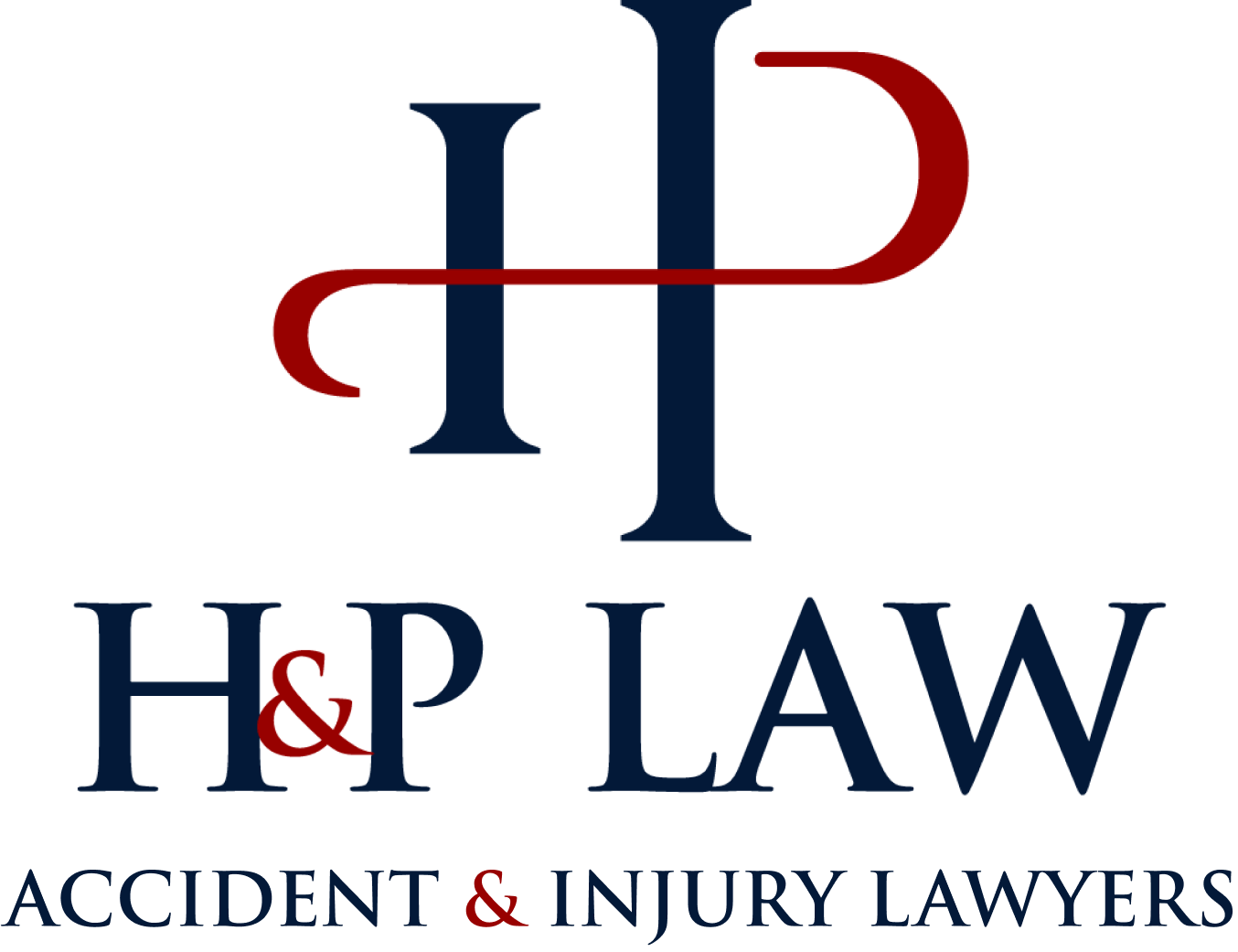
If you’ve been in a car accident, and you’re not at fault, the at-fault driver is responsible to make you whole for your personal injuries and other losses.
However, because insurance companies are not particularly eager to part with their money, they will do what they can to prove that their insured either was not liable, or make efforts to minimize the amount they have to pay out on your claim.
Part of the analysis for an insurance company involves an evaluation of the mechanism of the crash. The mechanics of the accident can sometimes paint a pretty clear picture of who is at fault. Consider the following examples of different types of car accidents and the conclusions that can be drawn from them regarding liability:
- Rear-end accidents. These accidents occur when the front of one vehicle strikes the rear of another. These are some of the most common types of collisions and often result when someone is not paying attention, following too closely, or is otherwise unable to decelerate quickly enough. With rear-end accidents, insurance companies rarely dispute liability.
- Side-impact collisions. These are also known as “T-bone” accidents, which occur when one vehicle broadsides another. In these cases, liability is not so clear as in rear-end collisions . Although it may seem like in a T-bone accident, the vehicle that hits the other is at fault, that is not always the case. If someone is struck because they ran a red light, for example, they could be at fault even though they were the ones struck, not doing the striking.
- Sideswipes. A sideswipe is when two vehicles traveling in parallel come into contact with one another. Unlike rear-end and side-impact collisions, it is not unusual for those involved in a sideswipe not to suffer any injuries, particularly if both vehicles are traveling in the same direction. Sideswipes are usually caused when one vehicle leaves its lane. With sideswipes it is very difficult to tell who is at fault because it is difficult to tell which car veered into the other.
- Rollovers. When a vehicle tips over, whether just on its side, or end over end, it is a rollover. Knowing a vehicle rolled doesn’t alone tell us much about liability as vehicles can rollover even when no contact with another vehicle occurred, like if the vehicle changes direction at a high rate of speed. The higher the center of gravity in a vehicle, the higher the risk for rollover accidents.
- Head-on collisions. Head-on collisions occur when the front of one vehicle strikes the front of another. These collisions are usually among the most dangerous because if both vehicles are traveling, then the forces involved in the accident are much higher. Determining liability in a head-on collision is often as easy as looking at where the vehicles were when they struck each other—which will almost always be simple because of the amount of tracks and debris at the impact point. If the impact was in your lane, you probably are not at fault. If it is in the other driver’s lane, you probably are at fault.
If you’ve been involved in an accident, and are not sure who was at fault, or if there is a disagreement about who is at fault, make sure the accident scene and evidence (e.g. vehicle damage) is well preserved then speak to an attorney.



